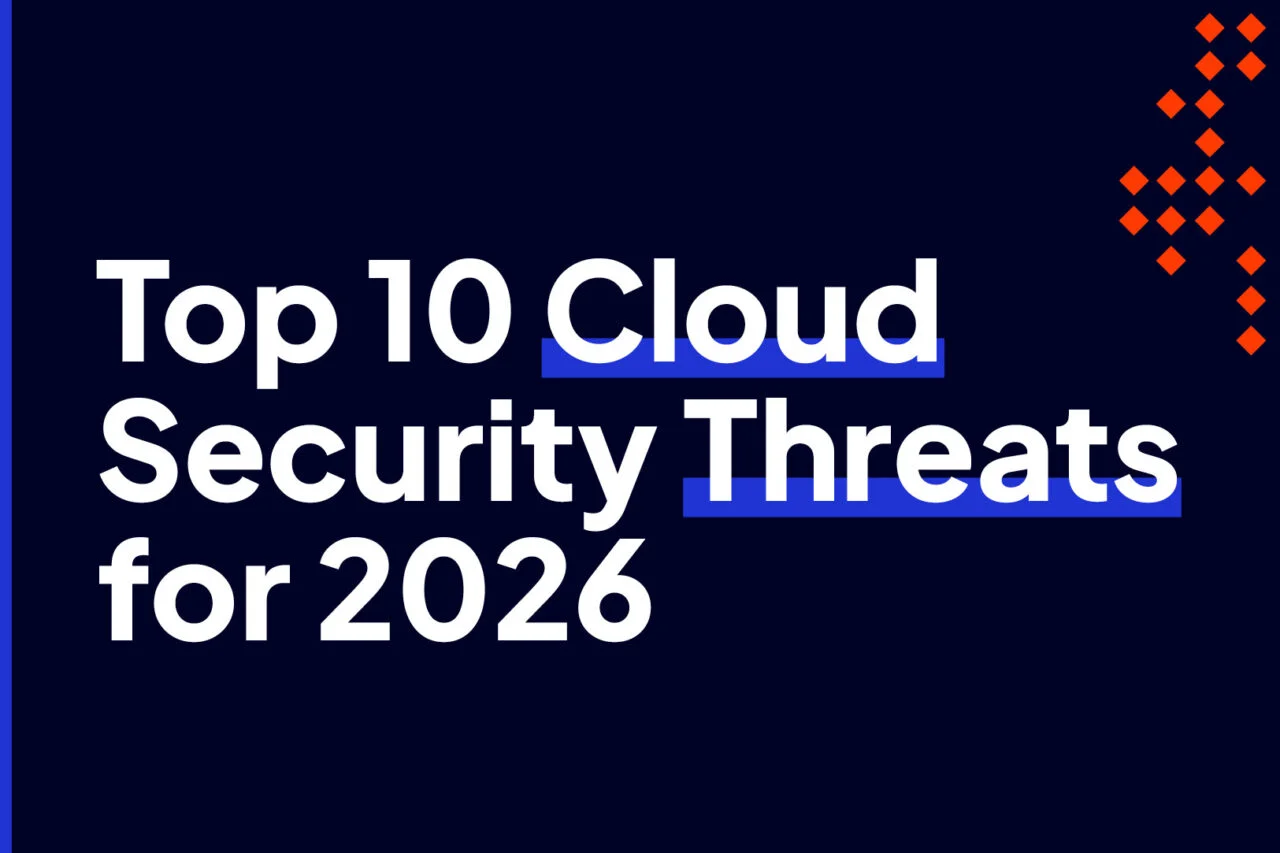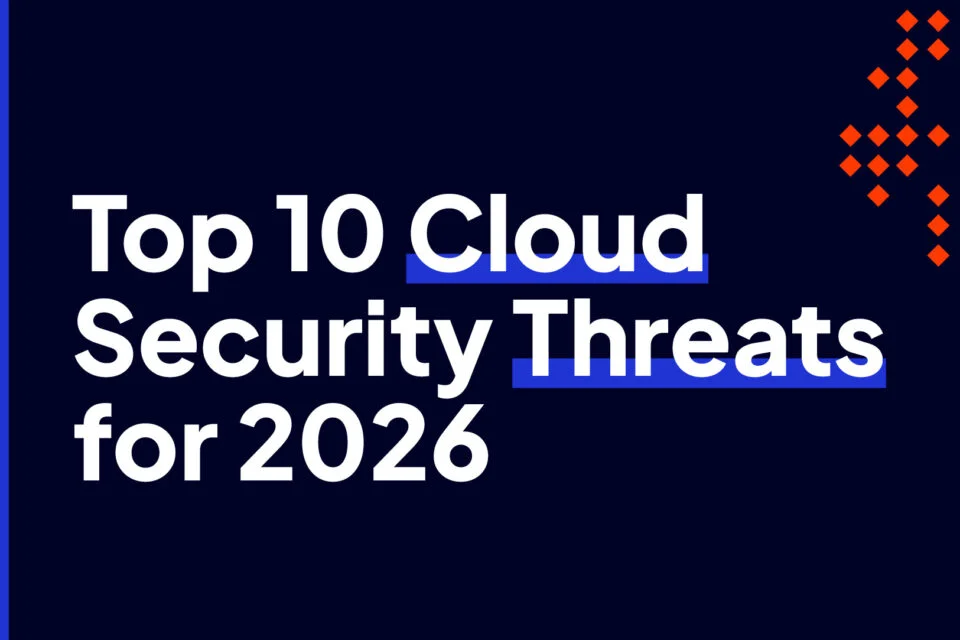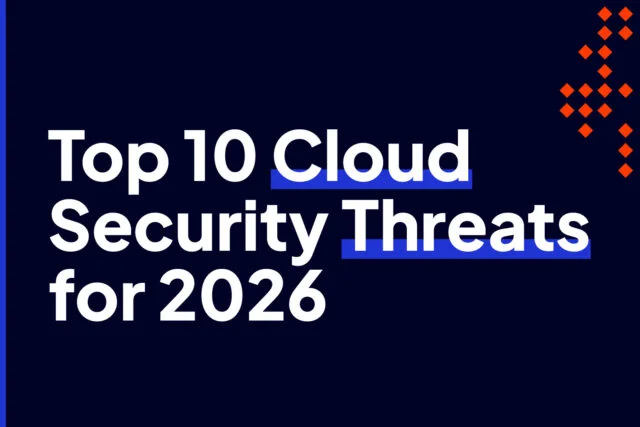






Despite advances in threat prevention and cybersecurity in general, ransomware attacks continue to pose a significant threat in 2023. Cybercriminals are becoming more creative, developing increasingly sophisticated ransomware variants that are able to circumvent traditional defenses and exploit system vulnerabilities.
More alarmingly, ransomware attacks are now affecting businesses of all sizes and sectors. The urgency to address this persistent threat is clear—security providers must stay ahead of the ever-evolving ransomware landscape to prevent massive disruptions in their clients' operations.
For Managed Service Providers (MSPs), formulating robust ransomware prevention strategies has never been more critical. As the first line of defense for their clients' cybersecurity, MSPs shoulder the responsibility of not just remediation, but, more importantly, proactive prevention.
Downtime due to a ransomware attack can result in substantial financial losses, reputation damage, and potential regulatory penalties for your clients. By implementing comprehensive and advanced preventive measures, you can significantly decrease the risk of ransomware attacks. This will not only strengthen the security posture of their clients, but also position you as a trusted, reliable, and indispensable partner in the cybersecurity industry.
The ransomware landscape has undergone significant changes in the past few years, with attackers becoming more audacious and their attacks more harmful. Notable characteristics include:
In recent years, critical infrastructure sectors such as healthcare, energy, and transportation have become prime targets of ransomware attacks. One of the most recent high-profile cases was the attack on the port of Nagoya, which crippled Japan's busiest port for more than 2 days. Cybercriminals recognize critical infrastructure sectors as high-value targets due to their crucial role in society and their tendency to pay ransoms quickly in order to restore essential services.
Another trend we’re increasingly seeing in recent ransomware campaigns is the adoption of double extortion schemes. In these schemes, a ransomware not only encrypts data, but also exfiltrates it to its operator’s command-and-control (C2) server. This allows the ransomware operator to threaten the victim of public disclosure of the stolen data if the victim fails to pay the ransom. As a result, many victims have no choice but to pay.
Unsurprisingly, we’ve also observed increased adoption of the business model. RaaS enables organized crime outfits with minimal cybercriminal skills to also launch ransomware attacks. All they need is the financial resources to pay the RAAS provider. RaaS has expanded the pool of potential ransomware attackers and increased the frequency of attacks.
According to the 2023 Verizon Data Breach Investigations Report, the average cost of recovery from a ransomware attack has doubled compared to the previous year. These costs include system restoration, loss of productivity during downtime, potential regulatory fines due to data breaches, reputational damage control, and many others. That’s not all. More victims who pay ransom aren't receiving a working decryption key. This increases the costs even more.
Understanding these changes is critical for MSPs in order to develop effective prevention strategies and protect their clients from these increasingly damaging attacks.
As an MSP, you play a critical role in safeguarding your clients against ransomware threats. You know your clients well. This puts you in the best position to provide tailored cybersecurity solutions that proactively mitigate risks and protect your clients' invaluable digital assets.
Your knowledge of your clients' IT infrastructure and their operations coupled with vigilance and advanced threat intelligence can enable you to detect emerging threats, implement robust defenses, and ensure business continuity for your clients. In essence, your role isn't just about responding to and remediating a ransomware attack. It's more about preventing them.
When businesses outsource their security needs to you as an MSP, they gain access to specialized expertise and cutting-edge cybersecurity technologies they don't have. In addition, they benefit from your dedicated focus on security management, which ensures consistent monitoring and quick response to potential threats. This will in turn allow them (your clients) to devote more resources on their core business functions.
So how can you help your clients mitigate the risk of a ransomware attack?
The key to effective ransomware prevention lies in a comprehensive, multi-layered defense strategy. There's no one-size-fits-all solution. Ransomware prevention requires a strategic alignment of several key components working in synergy. As an MSP, you're uniquely positioned to integrate and optimize these components, thereby providing your clients with a robust, resilient, and dynamic defense against evolving ransomware threats.
Your multi-layered defense strategy should include these three components:
Let's discuss these components in more detail.
Threat intelligence is a critical ingredient in implementing a proactive defense strategy against the relentless onslaught of ransomware. By understanding the latest trends in ransomware campaigns—such as the IP addresses and domains used by ransomware command-and-control (C2) servers—you can anticipate potential attack vectors and craft effective defense measures to thwart these threats.
One way to capitalize on the benefits of threat intelligence is to harness advanced monitoring tools and techniques that not only utilize the data but also process it in real-time. By continuously monitoring network traffic, system logs, and user behavior, and then combining them with your threat intelligence, you can swiftly detect any suspicious activities or patterns that might indicate a ransomware infection.
This will in turn allow you to respond proactively before the malware can detonate and start encrypting and exfiltrating files. The real-time nature of proactive monitoring is pivotal in ensuring a swift response to any potential ransomware incident.
When a threat is detected, you can immediately initiate incident response measures to isolate the affected systems and prevent the ransomware from spreading. Real-time threat detection minimizes the dwell time of ransomware within your client's environment, thereby reducing the potential impact and cost of recovery.
Endpoint devices are among the primary targets in ransomware attacks. As gateways to your clients' networks, these devices—whether they be laptops, desktops, or mobile devices— provide cybercriminals a beachhead from where they can propagate their malicious payloads. From these devices, ransomware can spread across the network.
To understand the significance of endpoint security, consider common attack vectors that specifically target endpoint devices. Phishing, for instance, which has been identified in the 2023 Cost of Data Breach report as the most common initial attack vector, target endpoint devices. Zero Day vulnerabilities, another commonly used initial attack vector according to the same report, also often targets endpoint devices.
Given these prevalent threats targeting endpoint devices, it is clear that robust endpoint security is a non-negotiable component of your ransomware prevention strategy. Ensuring that all endpoints are armed with up-to-date, comprehensive security controls is crucial to ward off potential attacks.
As an MSP, you need to implement advanced endpoint protection solutions that not only detect and block known threats, but also identify and respond to unknown or zero-day threats using behavioral analysis and machine learning. Furthermore, implementing solutions that allow for centralized monitoring and management of endpoint security enhances your ability to quickly detect, isolate, and respond to a potential infection.
While endpoint security often serves as the first line of defense against ransomware, augmenting it with a robust network security strategy provides an additional layer of protection.
Ransomware often spreads within a network after initially compromising an endpoint, and this is where network security comes into play. By implementing stringent network security measures such as firewalls, intrusion detection and prevention systems, and secure web gateways, you can monitor and control the network traffic, preventing the lateral movement of ransomware.
Furthermore, network segmentation — partitioning your clients' network into separate zones — is another vital strategy. It ensures that even if a ransomware attack manages to infiltrate one part of the network, its spread can be contained, mitigating the overall damages.
Monitoring both inbound and outbound network traffic is also a crucial aspect of your network security strategy. While inbound traffic monitoring helps detect and block potential threats before they infiltrate your client's network, outbound traffic monitoring is equally essential but often overlooked.
It's vital for identifying potentially compromised endpoints that might be communicating with command-and-control servers, often a critical step in the ransomware attack chain. By monitoring outbound traffic, you can also catch attempts to exfiltrate data or signal its successful infiltration to its C2 server.
You play a vital role in safeguarding your clients' IT environments. With the increasing sophistication of cyber threats like ransomware, your expertise and services are more essential than ever. This is where Intrusion can be your strategic partner, empowering you with advanced cyber defense capabilities. Intrusion brings together key elements of a multi-layered defense strategy into one comprehensive solution.
Traditional threat intelligence (TI) is often costly, complex, and time-consuming. In contrast, Intrusion's Applied Threat Intelligence (ATI) offers a simplified approach that effectively prevents ransomware attacks. ATI leverages connection reputation and behavior to identify ongoing malicious activity. More importantly, it automatically blocks potential threats, eliminating the need for generating useless alerts and time-consuming manual investigations.
Unlike TI, ATI requires minimal expertise, boasts a quick setup process, and seamlessly integrates into existing solutions without infrastructure changes. By assessing network connections in real-time, ATI provides immediate, contextualized protection against both known and emerging threats.
Intrusion's brand of network security empowers Managed Service Providers (MSPs) in preventing ransomware attacks. One critical aspect is Intrusion's ability to detect and thwart ransomware attacks by monitoring network traffic for suspicious behavior. This often involves identifying communication between the malware and its Command and Control (C2) server.
By leveraging real-time threat intelligence, anomaly detection, and response, Intrusion promptly acts on the early stages of a ransomware attack. This way, it can prevent the ransomware from reaching ‘actions on objectives’ in its cyber kill chain. This proactive approach ensures that you can effectively safeguard your clients' networks and data from the devastating consequences of ransomware attacks.
Don't leave your clients' security to chance. Work with us. Together, we can build a cyber-resilient future for your clients. Book a meeting with us today to learn more about how we can empower you to offer your clients the best protection against ransomware. Let's redefine cybersecurity, together.